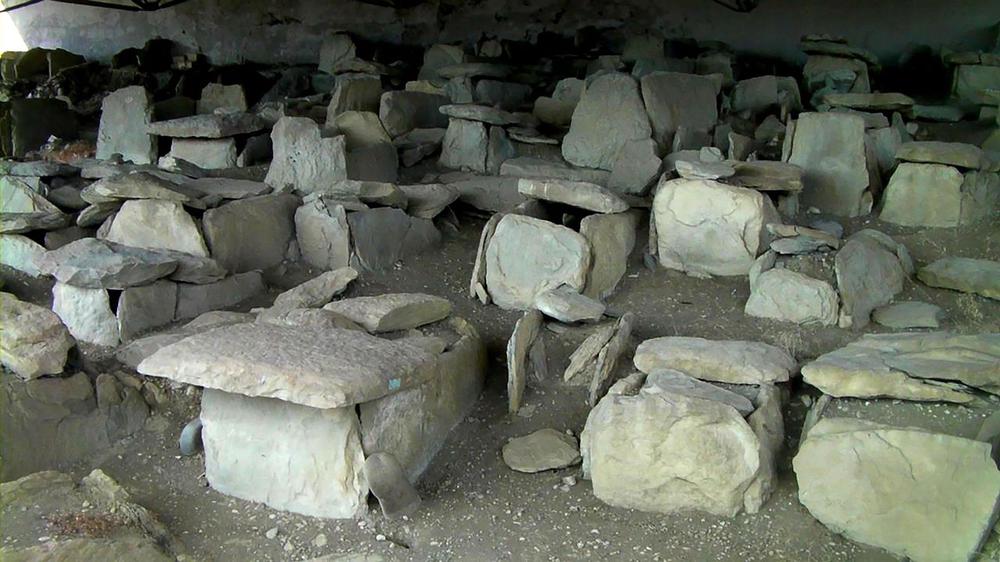Situated in the picturesque Mtskheta-Mtianeti region, near the village of Nadokra, Archili Monastery stands as an illustrious example of Georgia's remarkable cultural heritage. This region, abundant in captivating landscapes and numerous significant cultural landmarks from various historical periods, lends a mystical aura to this monastic complex.
The monastery is nestled atop the scenic Sioni Hill and commemorates the brave King Archil of Kakheti, who sacrificed his life for his faith. The complex houses an intriguing amalgam of structures, including two hall-style churches, a five-story tower, a wine cellar, living quarters, and remnants of an ancient gate, each signifying distinct epochs in history.
The oldest structure within the complex, an 8th-century church, was built in honour of King Archil. Following his tragic demise, King Archil was laid to rest in the monastery yard. Later, during the high Middle Ages, additional structures including a second church, a wine cellar, living quarters, and a wall were erected, contributing to the site's architectural richness.
Prominent Georgian royals, including King David Agmashenebeli (the Builder) and Queen Tamar, are believed to have been frequent visitors to this sacred site.
The monastery's unique architecture is epitomised by the two hall-style churches. The first, an 8th-century edifice, features a hall-type layout with a semi-circular apse and a rectangular entrance. Over the centuries, the church was rebuilt and renovated, each layer contributing to its architectural chronology. New windows were added to the northern and southern walls as well as the eastern part of the apse to compensate for the obscured eastern window after the addition of the tower.
The second church, like the first, is a hall-type building featuring a semi-circular apse. Despite significant historical damage, it has been restored to its former glory.
The complex also includes a five-story tower adjoining the eastern facade of the first church and the southern facade of the second church. This square-shaped tower, built primarily of cobblestone, provides captivating views of the monastery grounds from its various levels and balconies.
An intriguing aspect of the monastery complex is its wine cellar, located in the northern part of the courtyard. Almost entirely underground, the wine cellar consists of two rectangular rooms: one functioning as a winepress, and the other as wine storage. The rooms are linked by a doorway, with the storage room hosting a kvevri, a traditional Georgian clay vessel used for making wine.
Despite the passage of time, Archili Monastery, with its remaining ruins and blend of nature and architecture, endures as a testament to Georgia's rich cultural history and architectural skill.












